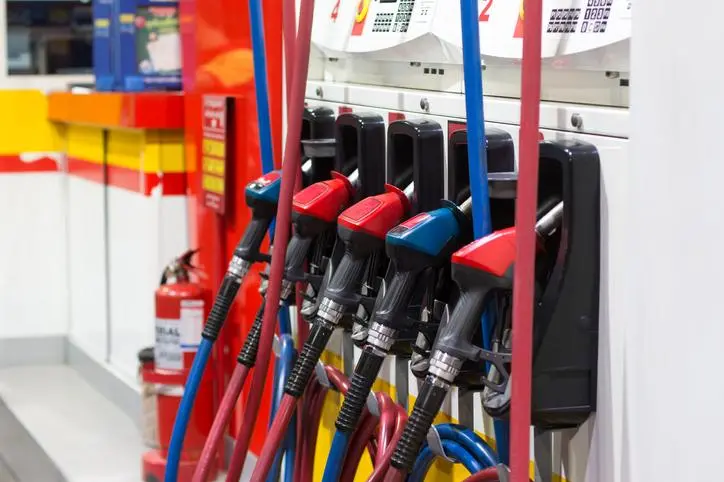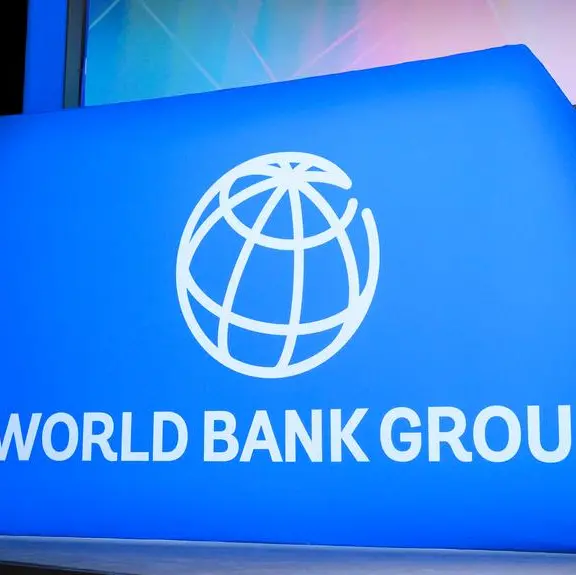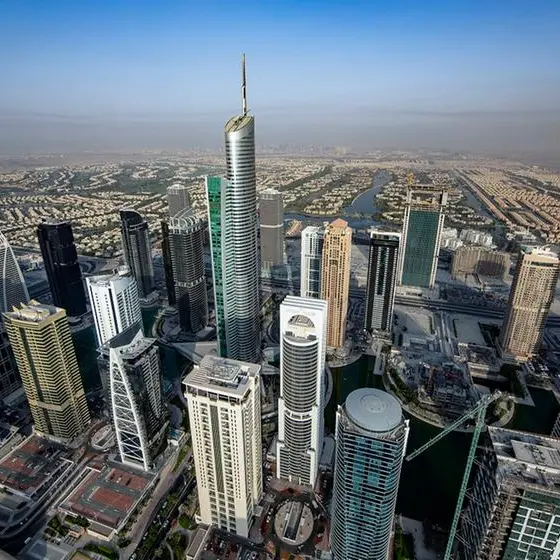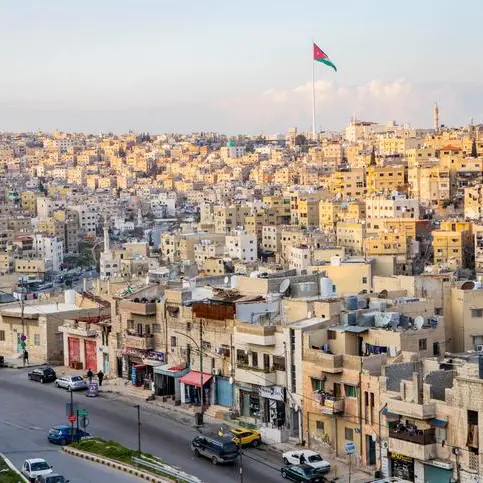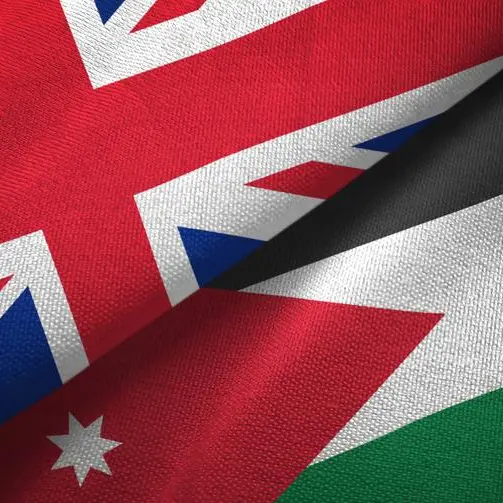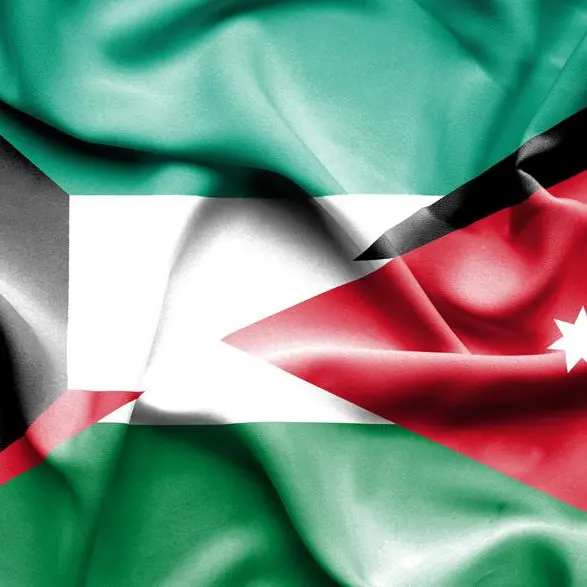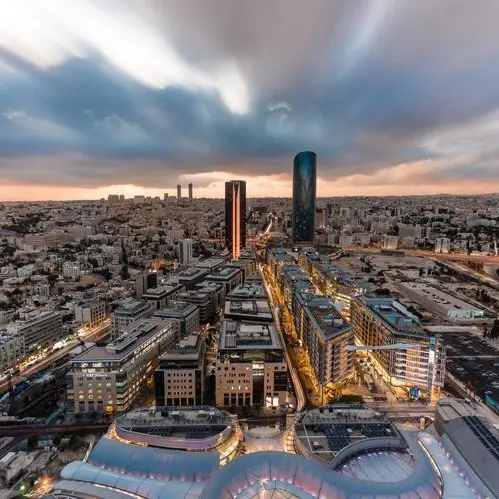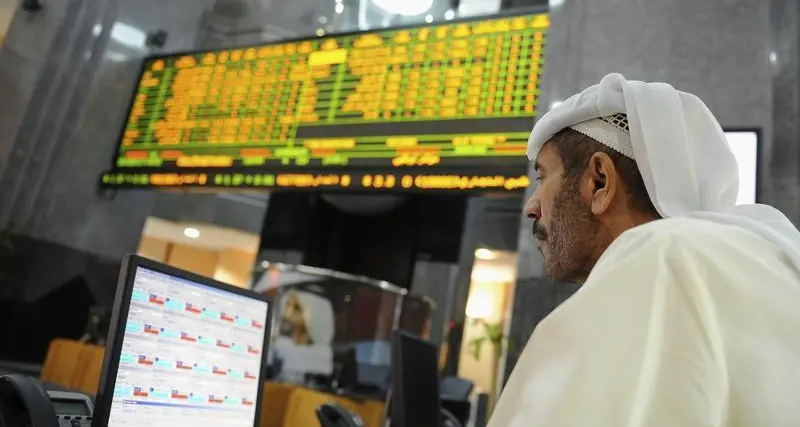PHOTO
LONDON: Oil prices approaching $100 per barrel, as some forecasts suggest, would set in motion a “trickle down” effect, boosting GCC prosperity and growth in both the private and public sectors, according to the Institute of International Finance (IIF).
In an interview with Arab News, Garbis Iradian, chief economist for the Middle East and North Africa region at the Washington-based IIF, said Saudi Arabia should see GDP growth of between 2 percent and 2.2 percent in 2018, compared with a contraction of 0.9 percent last year.
IIF is predicting an average oil price this year of $74 a barrel but Bank of America Merrill Lynch (BoA) has suggested that the price could peak at close to $100.
BoA said in a note to clients: “Brent is up more than 30 percent this year. The team now expect … $95 a barrel by the end of the second quarter of 2019 (as Iranian and Venezuelan output fall sharply).”
The trickle-down effect of a strong oil price for the GCC economies is crucial, said Iradian. “Of course, official reserves will rise, current account surpluses will grow and fiscal deficits will narrow,” he said, speaking about the region overall.
“But when you have a high oil price, private-sector confidence improves. The banking system strengthens, liquidity improves, and there is a greater appetite for spending by government, businesses and individuals, that feeds through to higher private and public investment in non-oil sectors — and this is crucial in the context of Vision 2030,” he added, referring to Saudi Arabia’s reform program.
He envisaged an upswing in government spending in 2018 — by about 15 percent across the GCC — thanks to higher oil revenues.
Monica Malik, chief economist at Abu Dhabi Commercial Bank, told Arab News that as far as UAE was concerned, “the most immediate boost to non-oil activity will come from an increase in direct government spending in the economy.”
Iradian said higher oil revenues would more than offset the rise in public spending. On top of that, non-oil government revenue is improving, particularly in Saudi Arabia and the UAE — from fees on expats, the introduction of value added tax (VAT) and fiscal stimulus measures.
Malik emphasized that she saw the UAE as “one of the most resilient economies in the region,” and reckoned that non-oil growth probably bottomed in 2017 and 2018 and therefore “we see a gradual pick-up in real non-oil GDP growth in 2019 as the drag from the introduction of VAT earlier this year wanes and the fiscal stance loosens.”
Richard Boxshall, an economist at PwC, said growing confidence in the GCC would ultimately depend on how long the oil price stays high. But assuming it did, “a lot of new investments in cities, solar parks and so on were more likely to be accelerated, and also new initiatives in the private sector approved,” he said.
Salaries and recruitment would likely rise, with more discretionary spending coming through, bolstering the sale of goods and services, according to Boxshall.
Iradian said the fiscal situation in Saudi Arabia and the UAE was “now on a firmer footing.”
Next year, KSA’s private sector should show solid signs of uplift and possibly doubling, assuming that oil holds above $70 a barrel, Iradian said.
Nevertheless, he added: “MENA countries should take concrete steps to improve the business climate and empower the private sector to achieve higher and more sustainable growth.
“To this end, laws and regulations governing business and investment should be revamped to draw on best practices in successful emerging economies and promote fairness, transparency, and predictability.”
There were several positive factors at play in KSA, said Iradian. Oil output is increasing, unlike in 2017 when production fell. Government spending on both upstream and downstream operations (such as petrochemicals) is rising; non-oil private sector growth would flatline at around 0.5 percent in 2018, but that could change next year as long as oil stayed strong. For now, Iradian forecasts that KSA’s non-oil GDP growth in 2018 would be around 1 percent.
One possible cloud on the horizon for the dollar-pegged GCC economies is higher interest rates and dollar appreciation which could partially, but by no means totally, dampen consumer confidence.
With little oil, Dubai is dependent on foreign investment and tourism, as well as property and retail spending — “so the rising interest rate environment could present challenges for them,” said Iradian.
But he still forecasts a 2018 growth rate for the UAE of 2.4 percent, only slightly lower than 2017 when it was 2.7 percent. Interest rate rises are forecast to be incremental both this year and next.
For KSA, major structural issues relating to the labor force — such as better vocational training — remain to be further tackled, said Iradian. That would allow
Saudi nationals to fill jobs in the private and public sectors that up to now have been taken by expats.
Iradian cautioned that a growth rate of around 2 percent was “not enough to create sufficient additional jobs” for KSA nationals.
“It would take time before ‘higher end’ jobs in banking and elsewhere would be filled by Saudis. There was still work to be done to open up the private sector,” he said.
“But I think they are determined to continue with these reforms … The Saudi economy needs to grow 4 or 5 percent on a sustained basis to create enough jobs for the new entrants to the labor force (including female) to reduce unemployment.”
Boxshall said one negative from higher oil prices could be a softening of the focus on the diversification agenda. “The countries have made tremendous progress, (but) higher oil price could remove the urgency to change.”
“Next year will be interesting. If oil goes into 2019 strong and it looks sustainable, then we really might start to feel major benefits,” said Boxshall.
A recent IIF report warned that risks included slower implementation of reforms, which would undermine private investment; faster-than-expected US monetary tightening; an escalation of geopolitical tensions in the region and/or a worsening trade war between the US and China.
